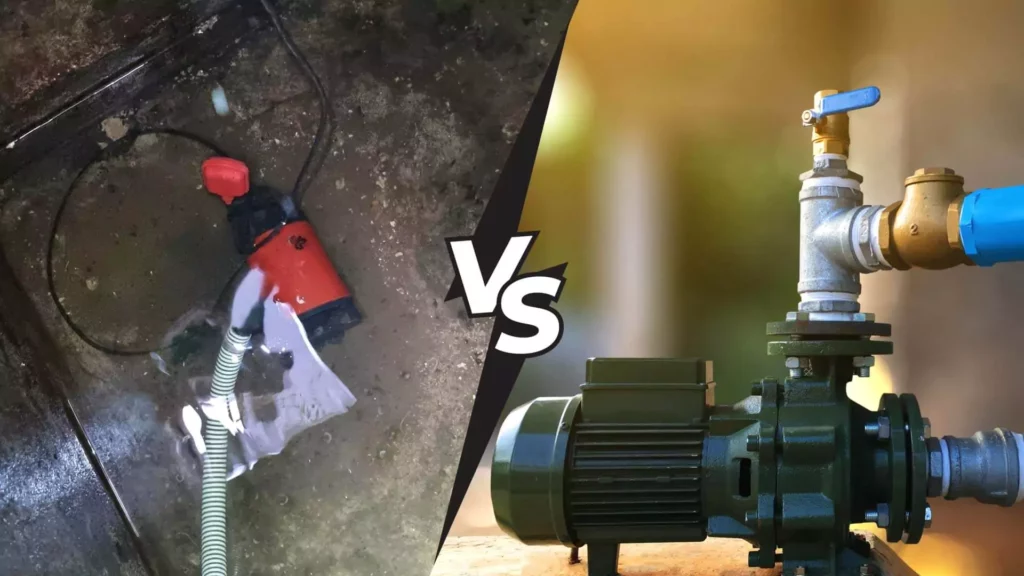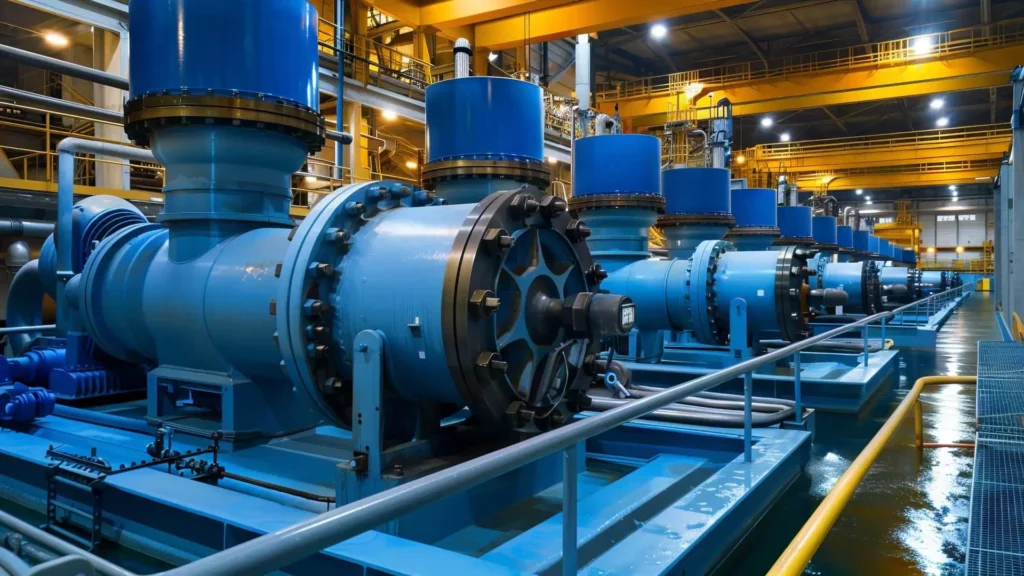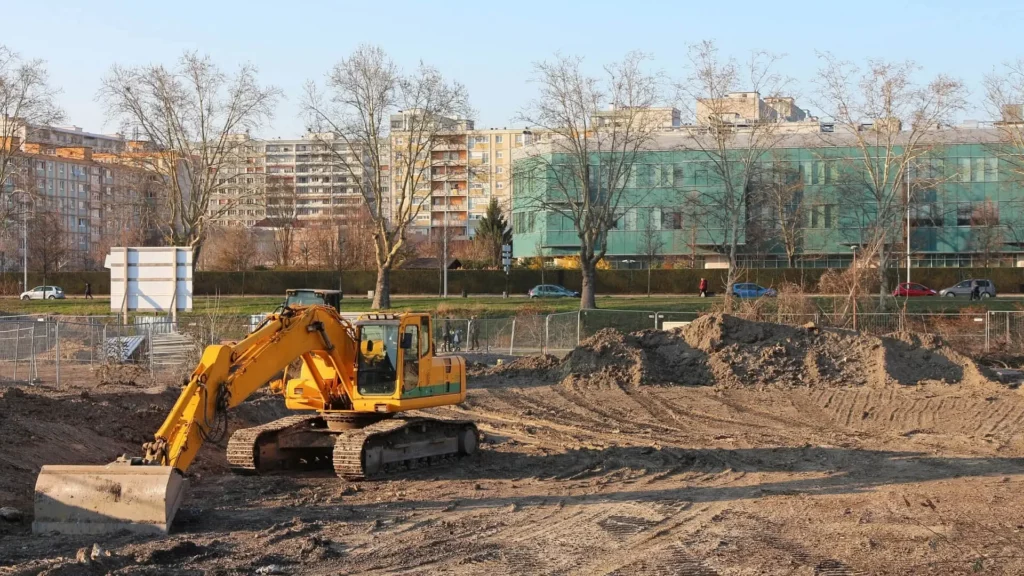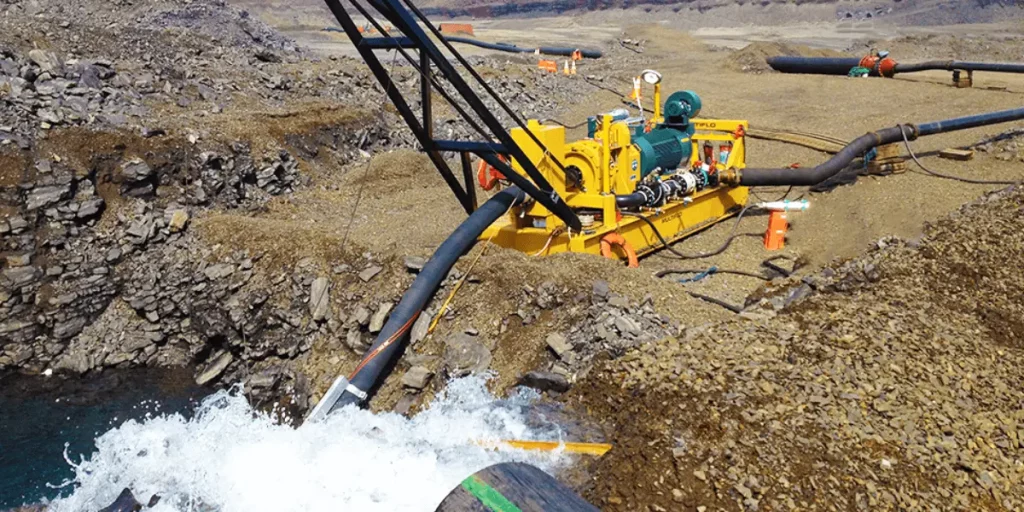Submersible Slurry Pumps vs. Traditional Pumps: Understanding the Key Differences
Slurry pumps play a crucial role in various industrial applications by handling abrasive and high-density slurries. They are indispensable in industries like mining, construction, and wastewater management, where efficient slurry handling is essential for maintaining productivity. This article will focus on the differences between two primary types of pumps: submersible slurry pumps and traditional pumps. Understanding these differences is essential for optimizing pump selection, as each pump type has unique features and applications. By the end of this guide, you’ll have a clearer picture of how submersible slurry pumps and traditional pumps serve as effective industrial slurry pump solutions across various sectors. 1. What are Submersible Slurry Pumps? Submersible slurry pumps are specialized industrial slurry pump solutions designed to operate while fully submerged in the slurry or liquid they handle. These pumps are uniquely constructed with durable, corrosion-resistant materials to withstand abrasive particles and corrosive fluids. Some key features that define submersible slurry pumps include their ability to handle dense, abrasive slurries and their suitability for harsh environments where other pumps might fail. In terms of industrial applications, submersible slurry pumps are widely used in sectors like mining, construction, and wastewater management. For example, in mining, they effectively manage the transfer of slurry from extraction sites to processing areas. In wastewater treatment, they can handle sludge with ease, making them a go-to choice for plants dealing with thick, heavy mixtures. The slurry pump benefits offered by these pumps, such as reliability and durability in harsh environments, are unmatched. 2. What are Traditional Pumps? Traditional pumps, unlike submersible types, are typically designed to operate outside the slurry or liquid they process. This category includes non-submersible types like centrifugal pumps and positive displacement pumps, commonly used as industrial slurry pump options in less abrasive environments. Traditional pumps often work by drawing fluid into the pump through a suction mechanism, making them suitable for various applications but less ideal for direct contact with abrasive slurries. These pumps are commonly used in industrial applications where fluid transfer is required without the need for direct submersion. However, traditional pumps have limitations when it comes to handling thick, abrasive slurries. While they perform well with less dense liquids, they may struggle in high-solids environments, making them less suitable for some slurry-intensive operations. For such applications, the slurry pump benefits of submersible models often outweigh those of traditional pumps. 3. Key Differences Between Submersible Slurry Pumps and Traditional Pumps Design and Construction The fundamental difference between submersible slurry pumps and traditional pumps lies in their design. Submersible slurry pumps are built to operate while completely immersed in the fluid, ensuring optimal performance in harsh, slurry-laden environments. Traditional pumps, by contrast, are designed to sit above the fluid and draw it up, which can limit their efficiency with abrasive materials and dense slurries. For industrial slurry pump requirements that involve highly abrasive materials, submersible options are generally preferable. Submersible slurry pumps are typically constructed with heavy-duty materials to withstand direct exposure to abrasive particles. In contrast, traditional pumps may require extra protective measures or frequent maintenance if used with slurries, as they are more vulnerable to wear and tear in such applications. This difference in construction underscores the slurry pump benefits that submersible models bring to industrial operations. Performance in Slurry Handling When it comes to handling abrasive slurries, submersible slurry pumps offer a significant advantage over traditional options. The submersion of these pumps allows them to operate without clogging, even in high-solid environments. This capability makes them particularly effective as industrial slurry pump solutions in mining and wastewater settings, where durability and reliability are paramount. Traditional pumps, while efficient with cleaner liquids, often struggle with the thickness and abrasiveness of industrial slurries. Using a traditional pump in high-solids environments can lead to frequent clogs, reduced efficiency, and increased maintenance costs. Therefore, for applications that involve heavy slurry, submersible slurry pumps are generally the better choice. The slurry pump benefits of using submersible models include reduced downtime and higher operational efficiency. Installation and Setup Requirements Submersible slurry pumps offer greater convenience in installation, especially in remote or hard-to-reach locations. Since they are designed to be placed directly into the slurry or liquid, they do not require complex installation procedures or external priming. This flexibility allows for easier setup and operational efficiency, even in challenging environments. Traditional pumps, on the other hand, often need additional setup, such as suction lines and priming mechanisms, to function correctly. This can make installation more time-consuming and costly, particularly for industrial slurry pump applications that require regular pump adjustments or mobility. Maintenance Needs and Durability The direct immersion of submersible slurry pumps helps reduce the risk of clogs, which is a major benefit in high-solids environments. These pumps tend to require less frequent maintenance and are generally more durable when dealing with abrasive materials. Additionally, their design allows them to withstand harsher conditions with minimal wear, resulting in longer service life and lower maintenance costs. The slurry pump benefits here translate to lower operating costs and increased productivity. Traditional pumps, while robust, often require more frequent maintenance in slurry-heavy applications due to their increased exposure to abrasive materials. This can lead to higher operating costs and more downtime, as they are less equipped to handle continuous exposure to dense slurries. 4. Benefits of Using Submersible Slurry Pumps Submersible slurry pumps provide several benefits that make them ideal for slurry-intensive applications: These slurry pump benefits contribute to greater operational efficiency, reduced maintenance needs, and a safer work environment, making submersible slurry pumps a preferred choice for many industrial applications. For companies seeking an industrial slurry pump that is both efficient and durable, submersible models offer significant advantages. 5. When to Choose Traditional Pumps Over Submersible Slurry Pumps While submersible slurry pumps excel in slurry handling, there are situations where traditional pumps might be more appropriate. For applications involving less abrasive or less dense fluids, traditional pumps can offer cost advantages due to their simpler construction and lower purchase costs. Additionally, budget constraints may
Submersible Slurry Pumps vs. Traditional Pumps: Understanding the Key Differences Read More »






